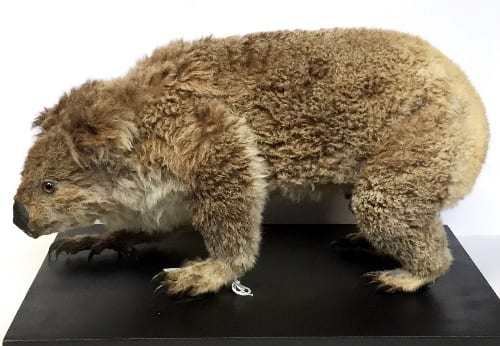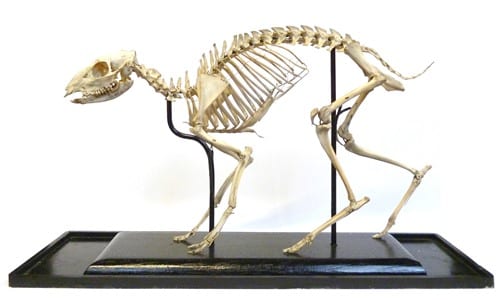Plural Animal Wednesdays
By ucwehlc, on 24 April 2019
This blog is about a centuries-old quirk of the English language that has become a Grant Museum tradition.
If you follow us on twitter (@GrantMuseum) you may have come across Plural Animal Wednesday (#PAW), our weekly tweet about collective animal nouns. These are the words used to describe groups of animals, you are probably familiar with a herd of sheep, a flock of birds and a swarm of insects. There are, however, an astonishing number of obscure and wonderful plural animal names, enough to keep us in tweets for years and years.
#PAW was the brainchild of former Grant Museum Curatorial Assistant Emma Louise Nicholls. It all began on 16th November 2011 with a crash of rhinos (because rhinos are Emma’s favourite), and has continued every week for 7 years. All our plural animal discoveries are kept in a big spreadsheet and we are now approaching 400 entries. So why are there so many? Where do they come from? How long can we keep finding them to boost our social media content? Read on to find out.

A crash of white rhinos Ceratotherium simum by Chris Eason CC-BY 2.0
 Close
Close








